Lampascioni (edible hyacinth bulbs) are a delicacy of Southern Italy. in Puglia and the Salentine peninsula they're gathered in the spring or winter before the plants produce their purple flowers.
Today I'll go over their traditional uses, and what I've learned about them over the past few years.
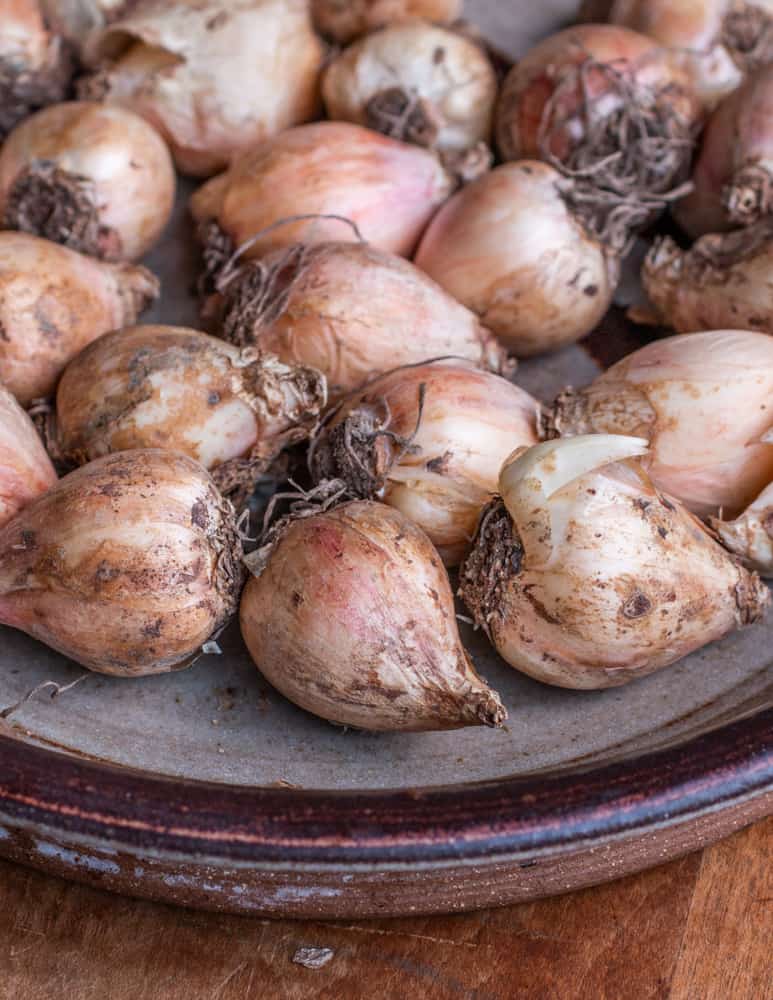
Traditionally the bulbs are boiled and pickled with extra virgin olive oil, salt and herbs. It's known as sott'olio (literally under oil) then served as an antipasti.
Lampascioni might also go under other names such as :
- vampagioli
- lampascione
- lampasciuolo
- cipollaccio
- lampone
They're also referred to as lampascioni cipolle (onion). That name is a misnomer and probably a reference to a textural similarity between hyacinth and onion bulbs.
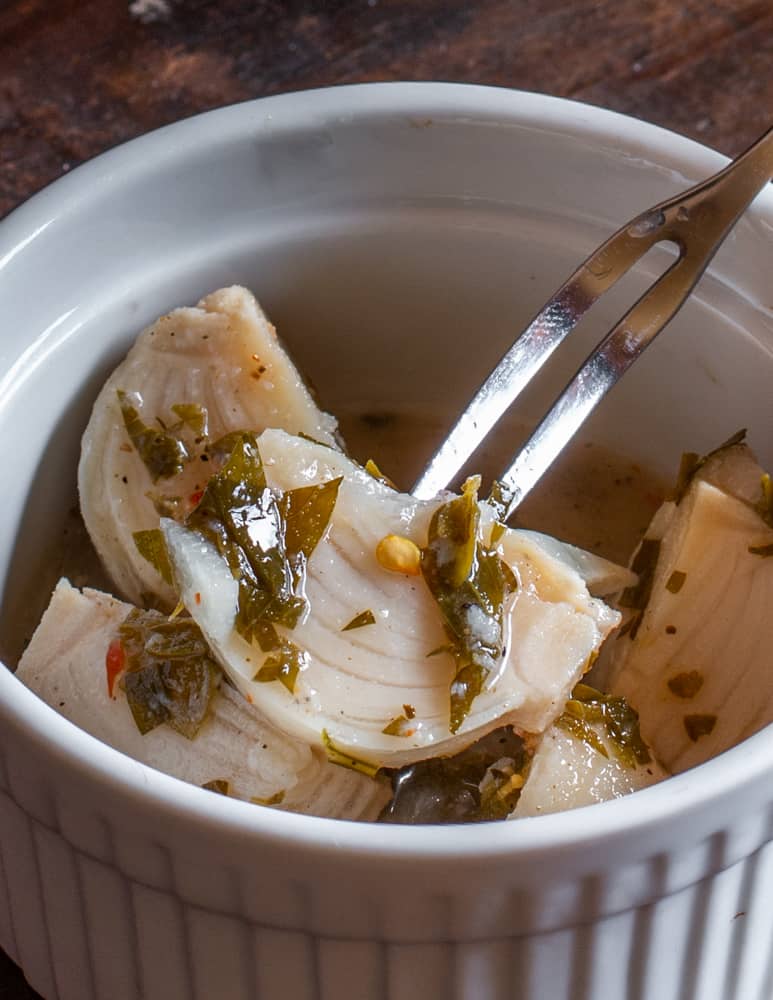
There's a few different types of hyacinth that are foraged and eaten. Accounts vary, and I can't seem to pin point if the most common species eaten are grape hyacinth (Muscari racemosum) musk hyacinth (Muscari neglectum) or tassel hyacinth (Leopoldia comosum, muscari comosum).
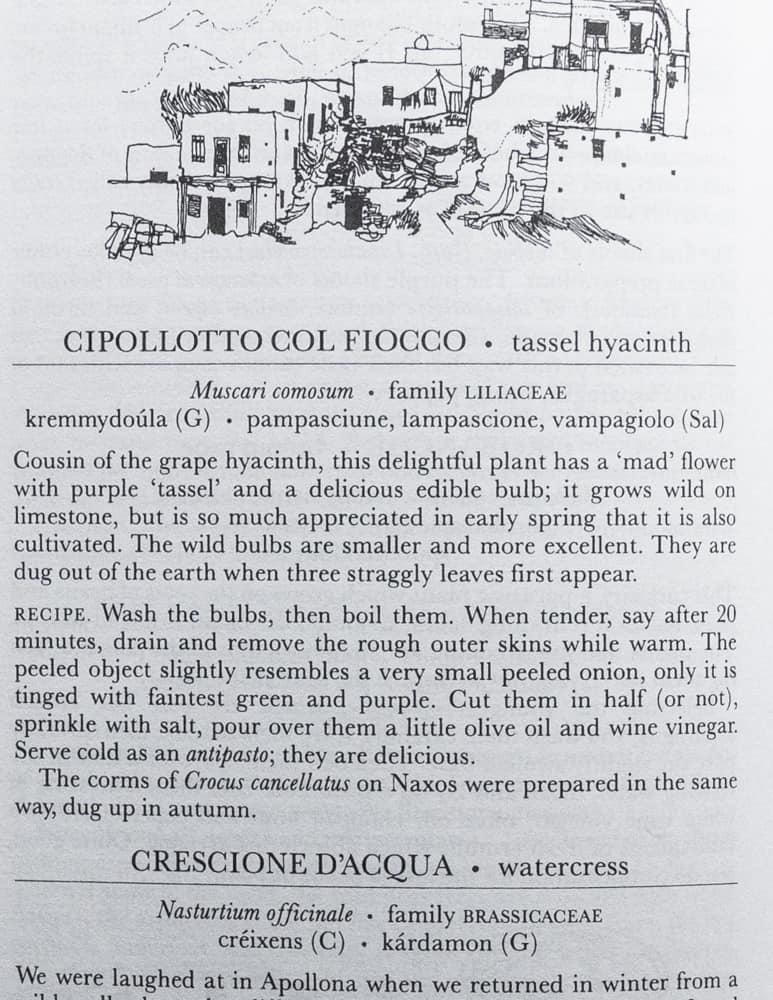
I think all of them could be eaten, with people harvesting whatever species is available to them.
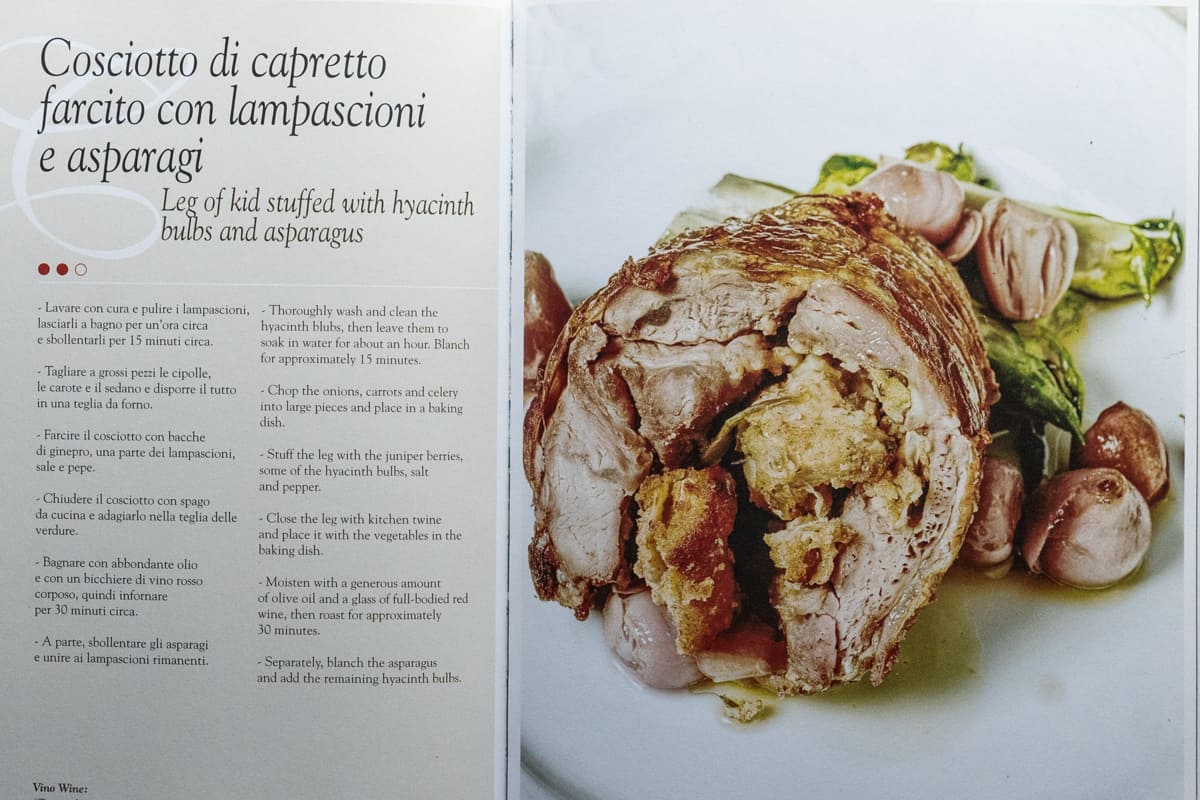
Toxicity
Hyacinth bulbs are said to be poisonous. They're also a traditional food you can order through specialty grocers. Before I ate some, I wanted to understand the toxicity of the bulbs, and how cooking and processing makes them safe.
Cosimic acid
The problem compounds in the Genus muscari seems to be comisic acid. This is a compound found in other plants we eat similar to saponins. For reference, green beans and quinoa also contain saponins.
The comisic acid gives the bulbs their bitter flavor. Boiling removes it to an extent, making the bulbs edible.
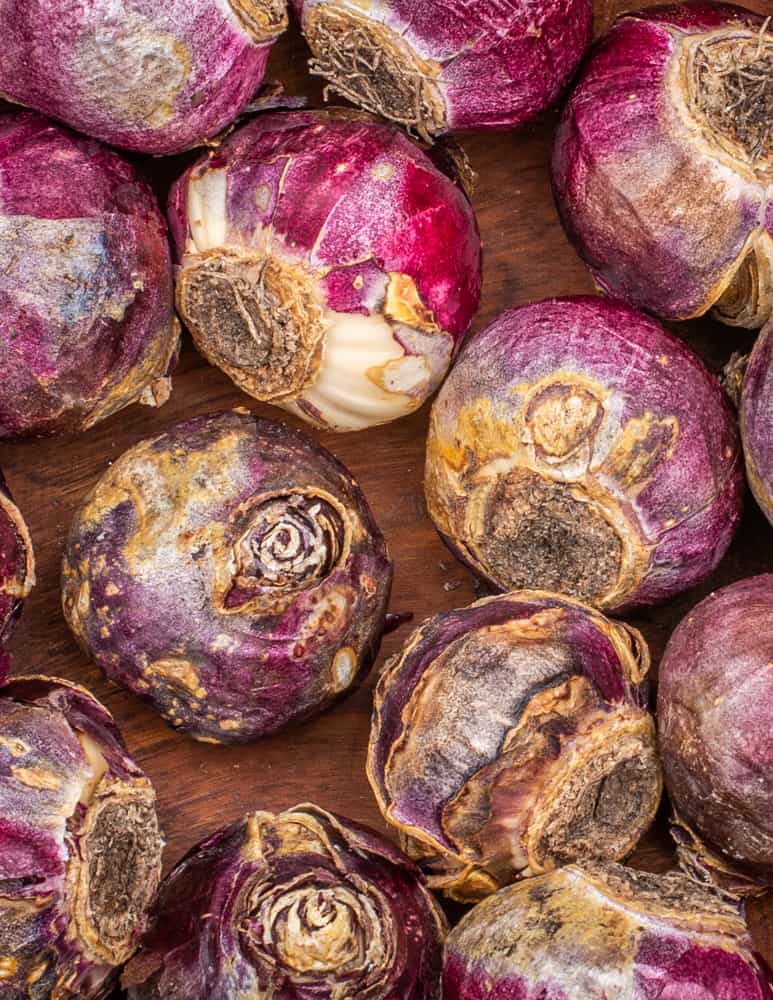
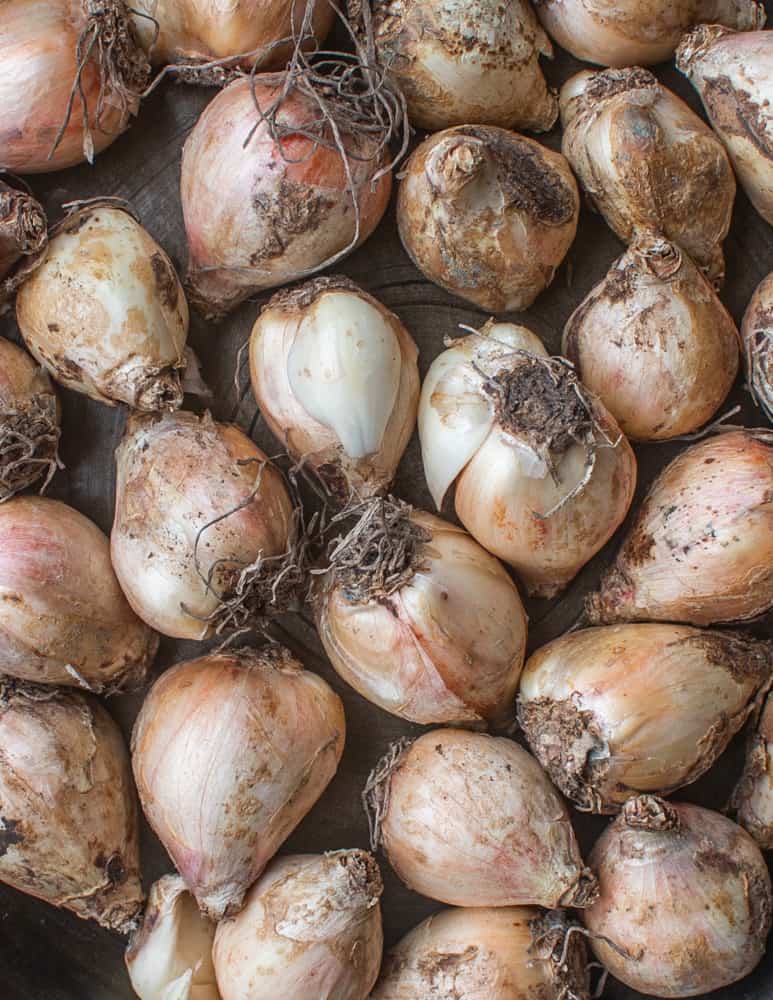
Oriental Hyacinth Bulbs
I didn't know anyone that was growing grape hyacinths. So, I called my local garden store, asked when they received hyacinth bulbs and set a date to stop by in the fall.
When I got to the store and bought my hyacinth bulbs, I noticed that the label on the package said "oriental hyacinth". This seemed a little strange, so I made sure to look them up too. Turns out that oriental hyacinths are a totally different genus (Hyacinthus) than Muscari. I figured for good measure I should try to cook them anyway.
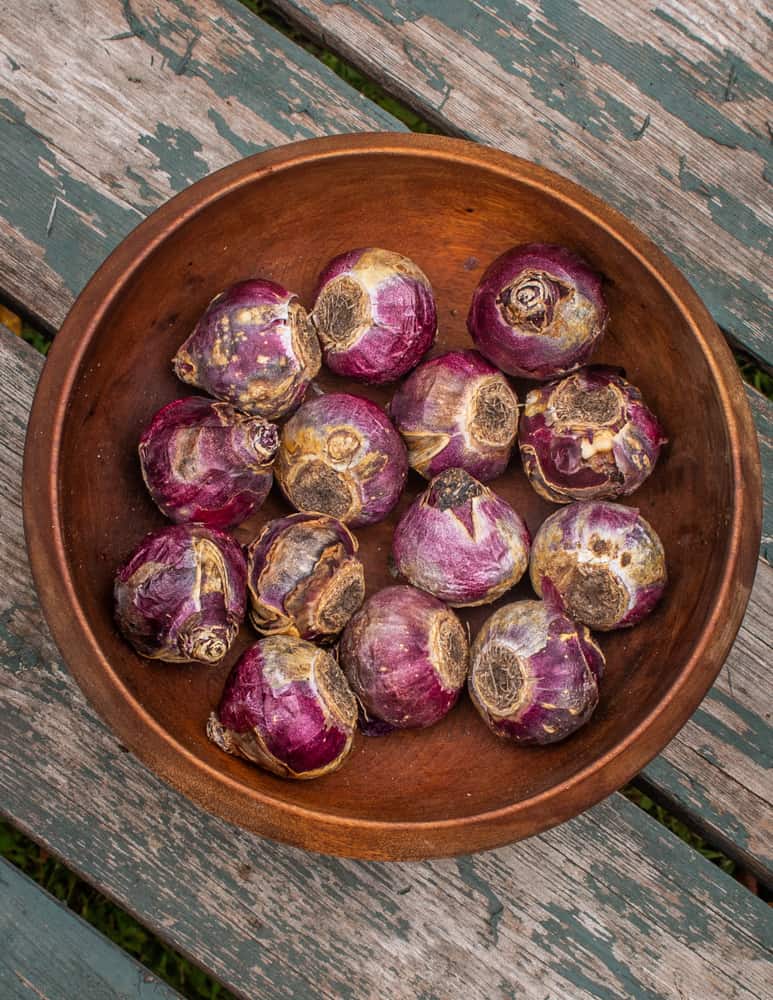
Unfortunately, looking up my Oriental hyacinth bulbs showed a bunch of articles outlining the toxicity of them too, and to make it more complicated, the compounds in the Oriental hyacinth bulbs (lycorine and calcium oxalate) were different than the bulbs in the genus Muscari.
For reference, calcium oxalate (oxalic acid) is also found in spinach, sorrel and rhubarb. Calcium oxalate is water-soluble, so blanching can help remove or at least reduce it.
There's plenty of poisoning examples from ingestion of Hyacinthus bulbs though, so I took a look at all that I could find. One thing that's important to know is that some garden centers apply pesticides to bulbs as they're not considered food, so make sure to inquire about that.
Every one of the poisonings from Oriental hyacinths I could find were cases of dogs or pets eating the bulbs raw. This might sound alarming, but raw is the key phrase here.
Oddly, the most authoritative book I have on Italian food says Muscari bulbs can be eaten raw. To be very clear, none of the bulbs I'm referring to here should be eaten raw. See the image below for reference.
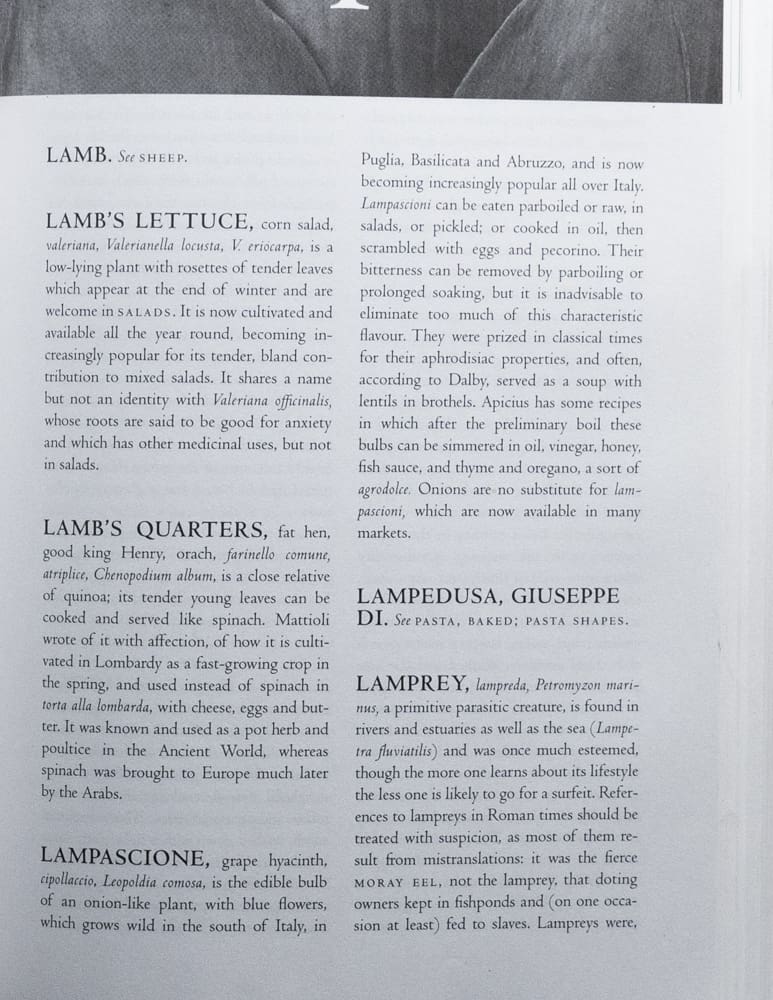
The latex, or sticky sap from the bulbs is also said to give people dermatitis. Some people react strongly to the sap of these bulbs, and it's a good idea to wear gloves handling them, especially if you haven't worked with them before.
As far as lycorine, I can't find evidence to prove it's completely removed through boiling. The effects are emesis, and I didn't experience any with my consumption so I doubt that the amount left in the bulbs after cooking is dangerous, especially eaten in small amounts as an antipasti.
The Oxford Companion to Italian Food claims you can eat the bulbs raw. I wouldn't do that.
Cooking and Eating L. comosum and H. orientalis
My friend Ellen Zachos had her friends at the New York Botanical garden ship me a box of true L. comosum. Finally I could try both bulbs side by side to compare the flavor.
Both species of bulb give off a sticky latex when cut, but it didn't bother my hands. I applied the same treatment to both types of bulbs: a long boil until tender, with a change of water about halfway through.
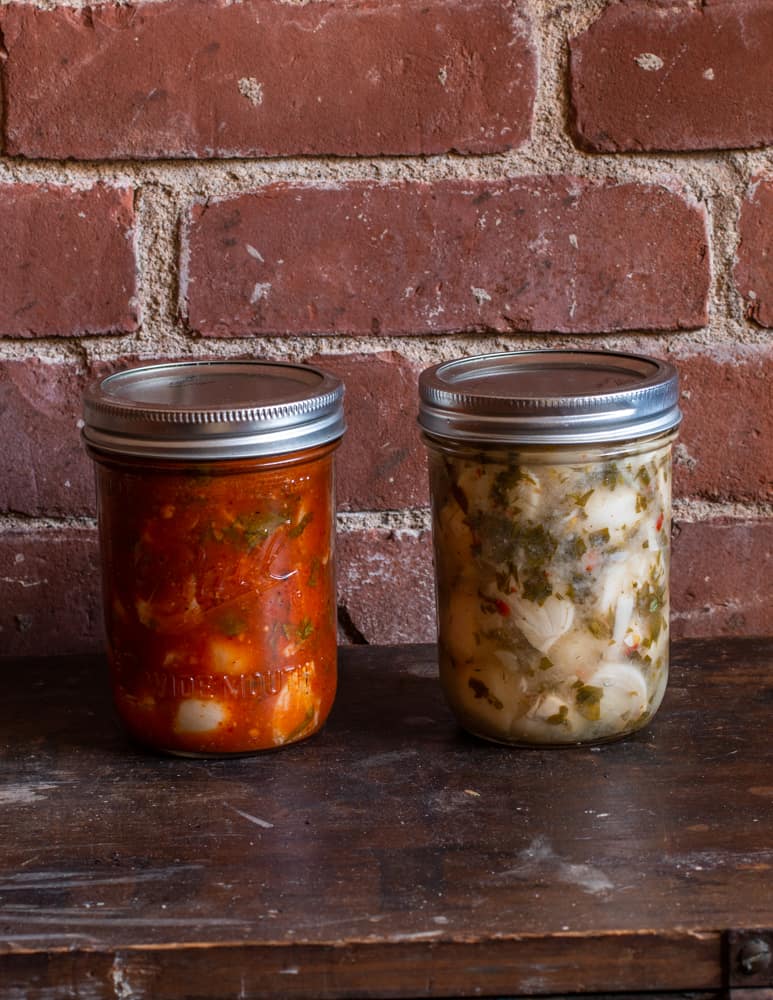
After boiling, the tassel hyacinth bulbs were still intensely bitter, and only mellowed slightly after a few months of aging. The oriental hyacinth bulbs were as mild as a cooked potato.
I ate 1 oz portions of the bulbs on separate days. I ate larger portions of each bulb separately, increasing my dosage to about 4 oz each time. I had no ill effects from eating either bulb, but the next time I cook L. comosum I'll probably soak the cooked bulbs for at least 24 hours in a couple changes of water to cut the bitterness.
Conclusion
Hyacinth bulbs are a well-documented, traditional food of the Mediterranean. While H. orientalis isn't listed as a traditional edible, I see no harm in sampling some of the bulbs as the compounds appear to be water soluble and removed through boiling.
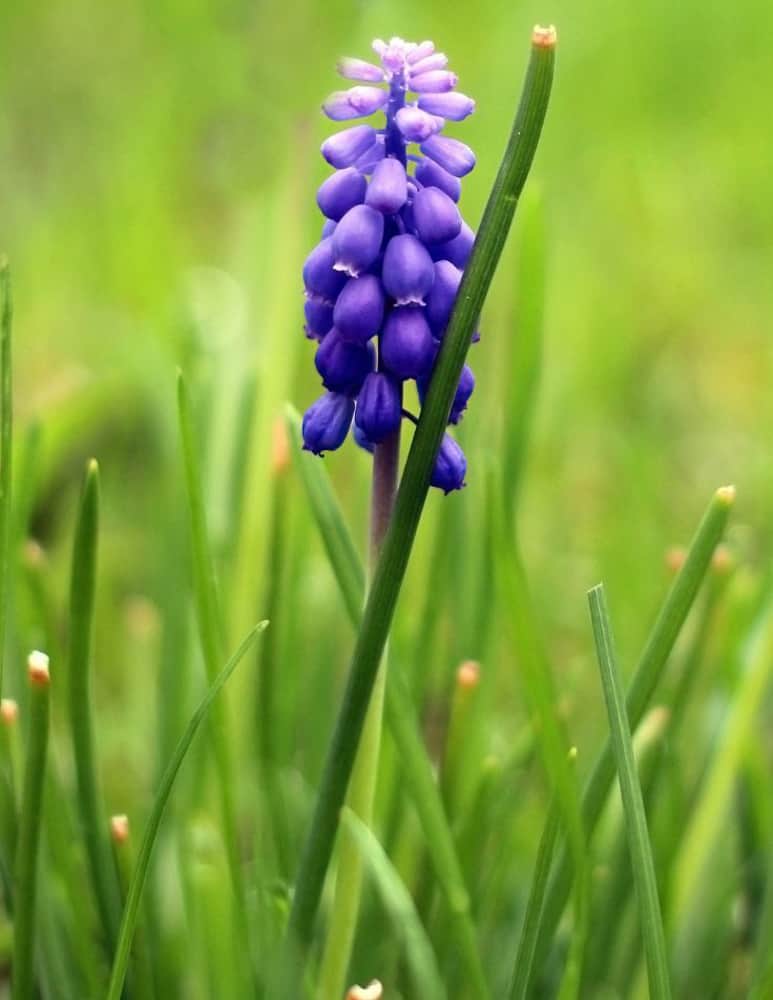
More
References
- Oxford Companion to Italian Food
- The Flavors of Apulia
- Puglia: The Silver Spoon Kitchen
- Are Hyacinth Bulbs Poisonous?
- Oxalic Acid in the Genus Hyacinthus
- Effect of different cooking methods on vegetable oxalate content

Bonnie Boyer
I have some bulbs that I would be happy to share.
Ellen Zachos
So glad to read this and know how it worked out. And I'd like to know the name of Jenny G's Italian cookbook, too!
Alisha
When I was in Shanghai about 15-20 years ago, one of the favorite dished I had was a vegetable dish described as water lily root by my companions. It was lovely - a little nutty and sweet and also like asparagus. I have looked in the past to find information about it to no avail. Do you think this might be related?
Alan Bergo
Hi Alisha, I'm pretty sure the vegetable you're referring to is Lotus, and most likely the tubers as they're a very common edible over there. You can buy them from Asian markets occasionally. I used to serve them at my first restaurant. They make an excellent stir-fry, but aren't related to either of the plants I'm mentioning here.
Max
A few years back my wife pulled up our bulbs in the fall to store for the winter. Within a few minutes she broke out with a terrible rash all over that she said felt like needles. A few searches later indicated that this can happen to some folks. I now dig them up with gloves and am slightly terrified of them.
Alan Bergo
Yep, reactions vary from person to person but some people really react strongly to them. I should probably add a note about wearing gloves. Thanks for mentioning that.
Coop
At the price of both types of these flower bulbs from a reputable supplier, I will not be eating any of them! The little flower spikes of muscari (grape "hyacinths") are also said to be edible but described as tasting like bitter grapes. Doesn't appeal to me. This year the oriental hyacinths are running 5 bulbs for $8.75, and the muscari bulbs which are much smaller, are averaging about $10-$12 for 25 depending on the variety. (Scheeper's/Van Engelen) It takes a fair number of bulbs to really show up in the garden, so I'll be planting mine instead of cooking them. It's interesting to see how many plants could provide nourishment in case of famine times, though.
Alan Bergo
Indeed. It won't be for everyone, and yes, they were expensive. Cost of doing business researching traditional foods.
Jenny G
Fwiw: My Italian cookbook has 4 recipes for these - roasted, with eggs, fried, and under vinegar. There are detailed instructions for removing bitterness
Alan Bergo
Awesome Jenny. What's the book?
Tracey
I’d love to hear the name of the book if you please? New starter of bulb eating. Would love to try.
Terry
If eating bulbs sourced through a flower bulb company, I would suggest being aware of the chemicals used to grow them, as it is standard horticultural practice to use systemic pesticides, some of which are not water soluble. Organic flower bulbs are not easy to find in the US. Am looking forward to trying my grape hyacinths, as they proliferate wildly here!
Alan Bergo
Great point Terry, thanks for mentioning that. With the cost being prohibitively expensive, and the flavor of H. orientalis being not bitter (which I think is kind of important) I don't think a lot of people will be trying them. M. comosum is relatively common though.
Ben Rosen
Interesting. Sometimes when I eat carrots or watermelon I turn orange . The first time it happened my hands got orange spots on them that I thought was dirt but it wouldn’t come off . After some days it disappears. But i don’t think it’s the phototoxicity or at least that I’m aware of ?
Mandana
Dear Alan,
Thank you for your article.
Just to add a little bit of information I would like to say that in Iran we use Mouscari as a side dish with incredible medical benefits. We call it (mousire) موسیر and mix it raw or dried with yoghurt.
Alan Bergo
Hey Mandana, thanks so much for sharing. I was only aware of Italian and Mediterranean traditions.